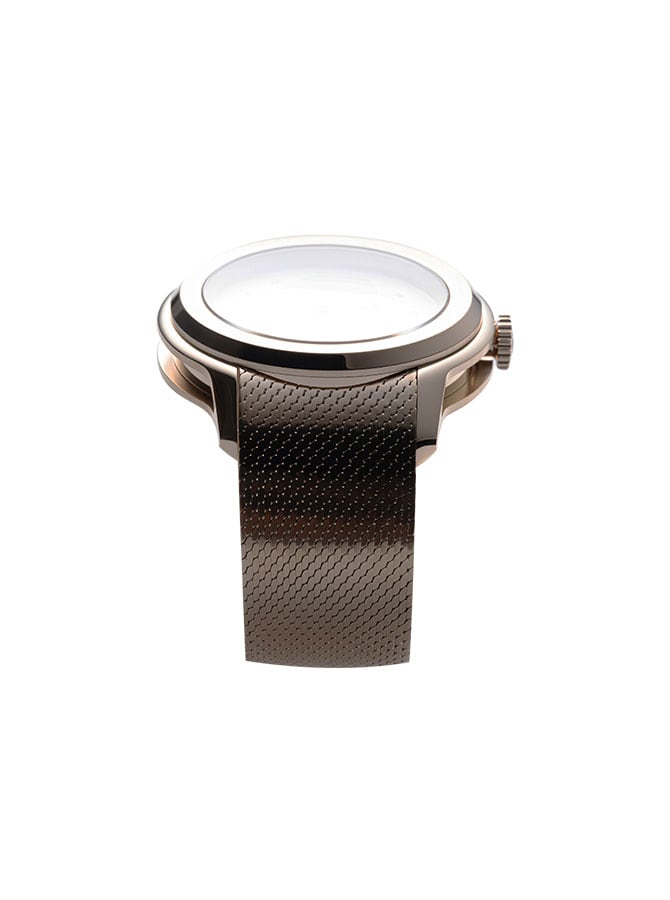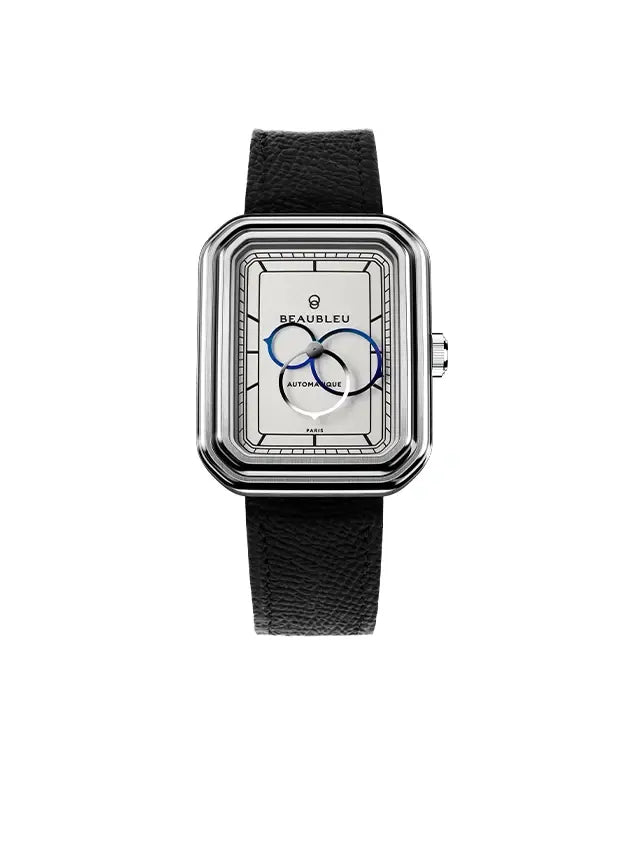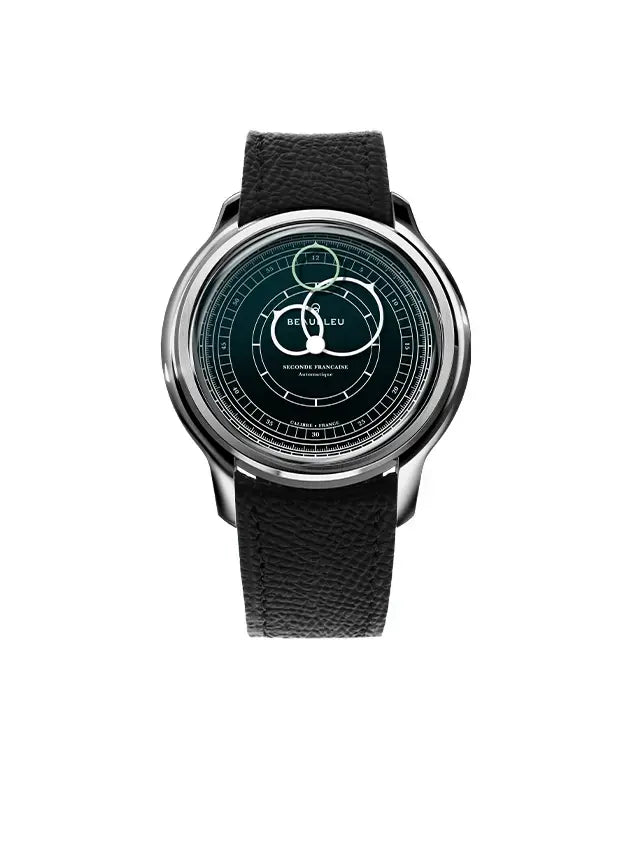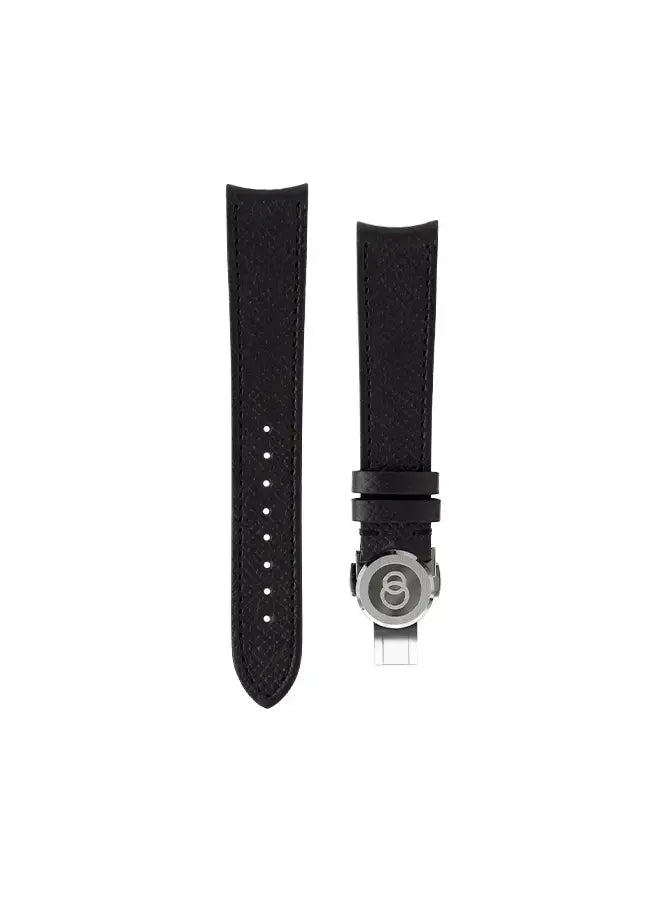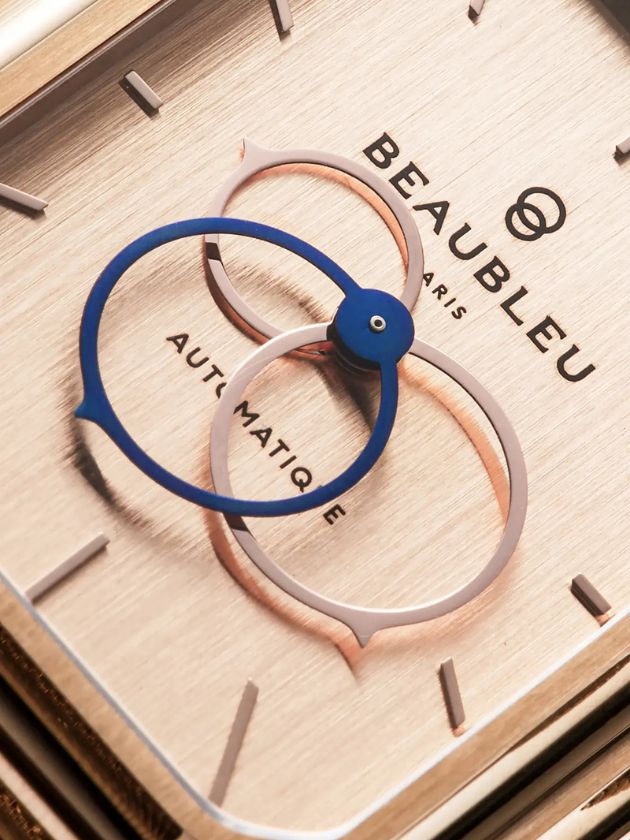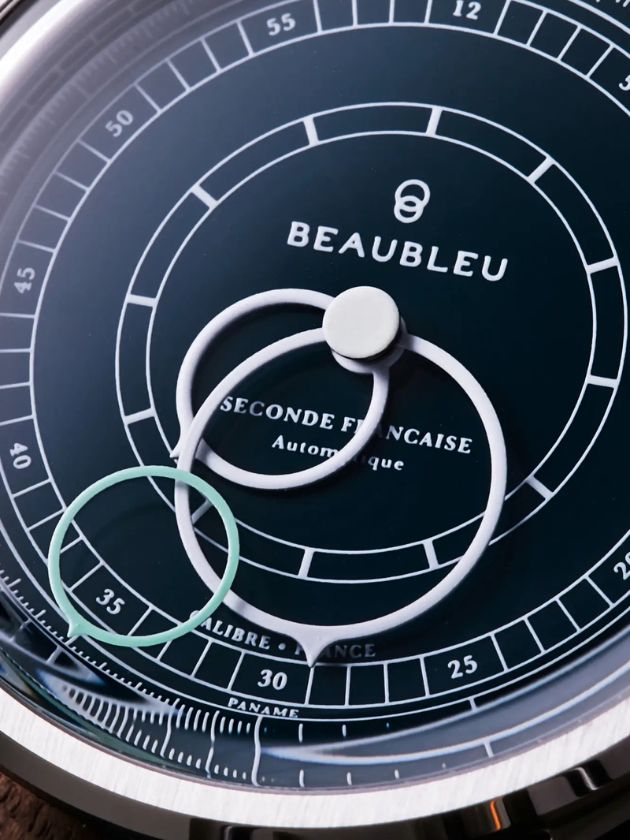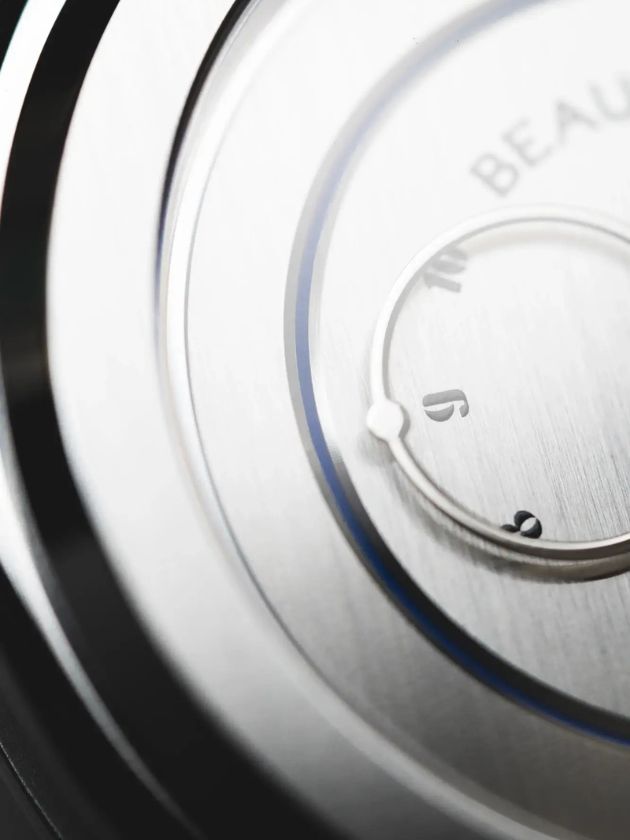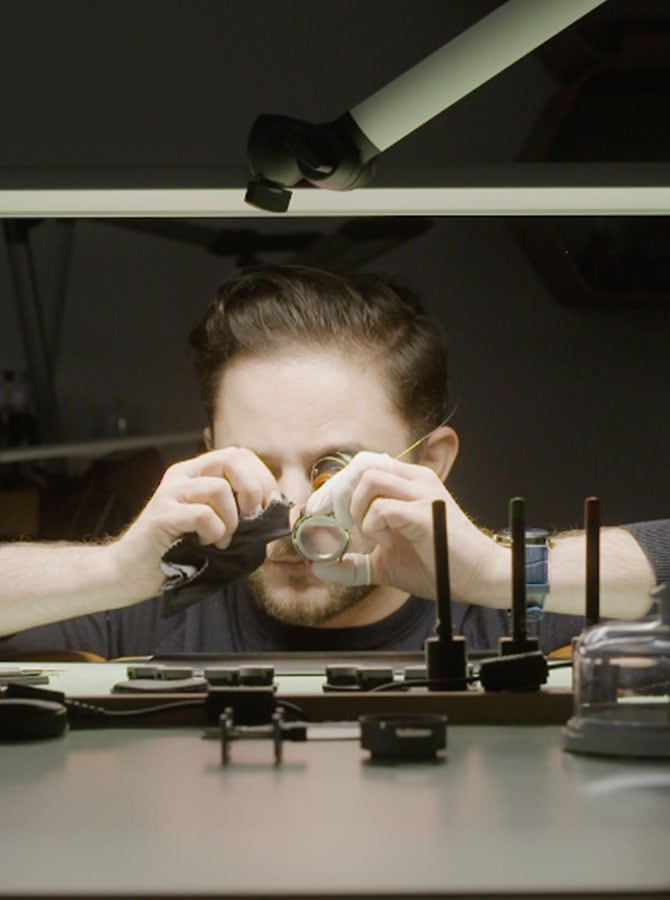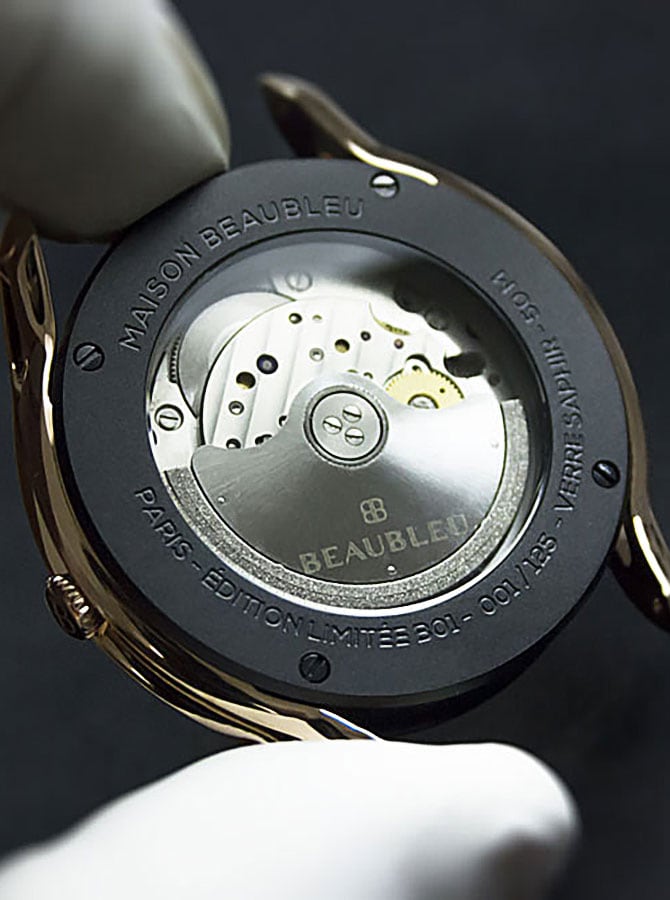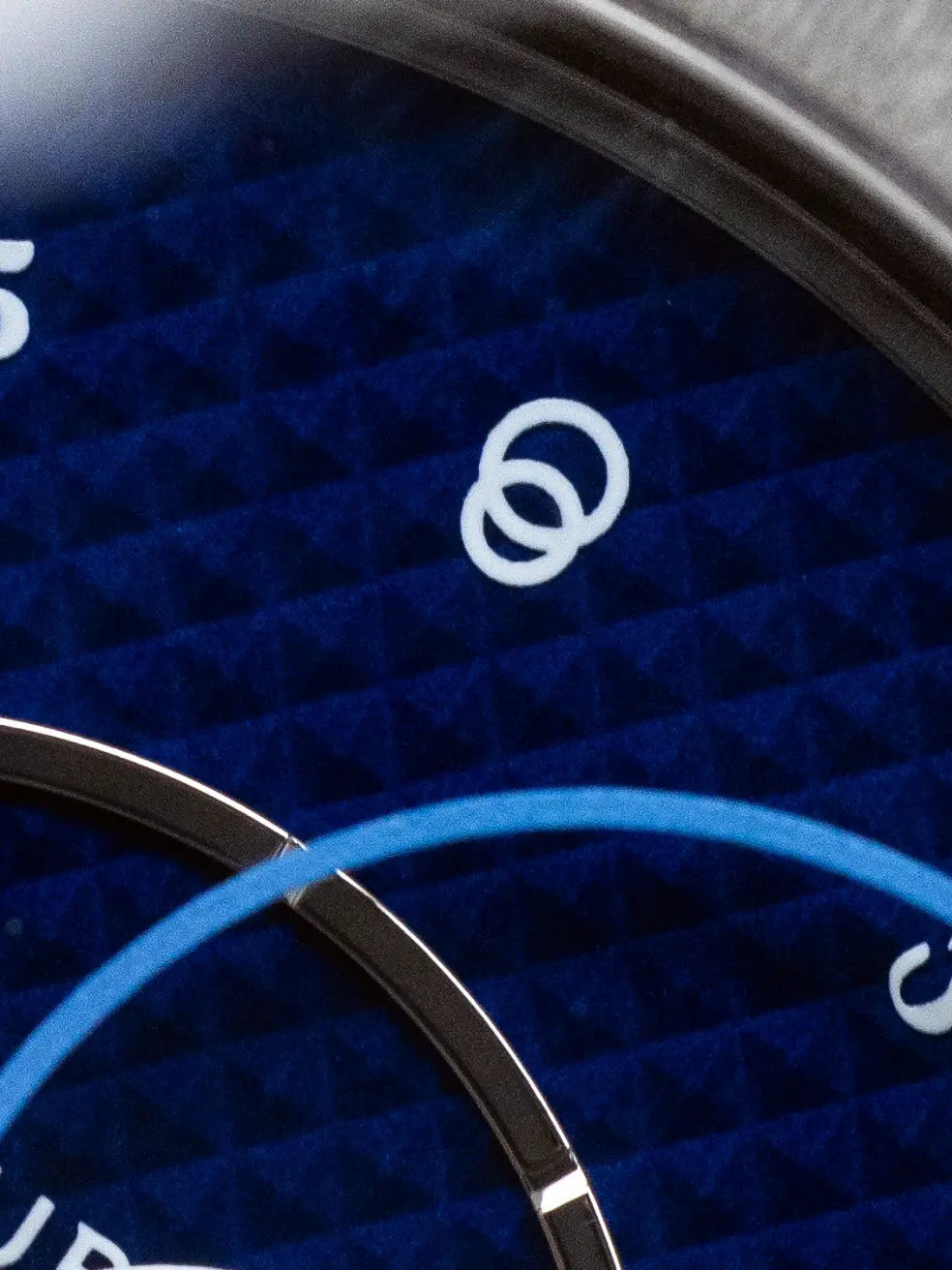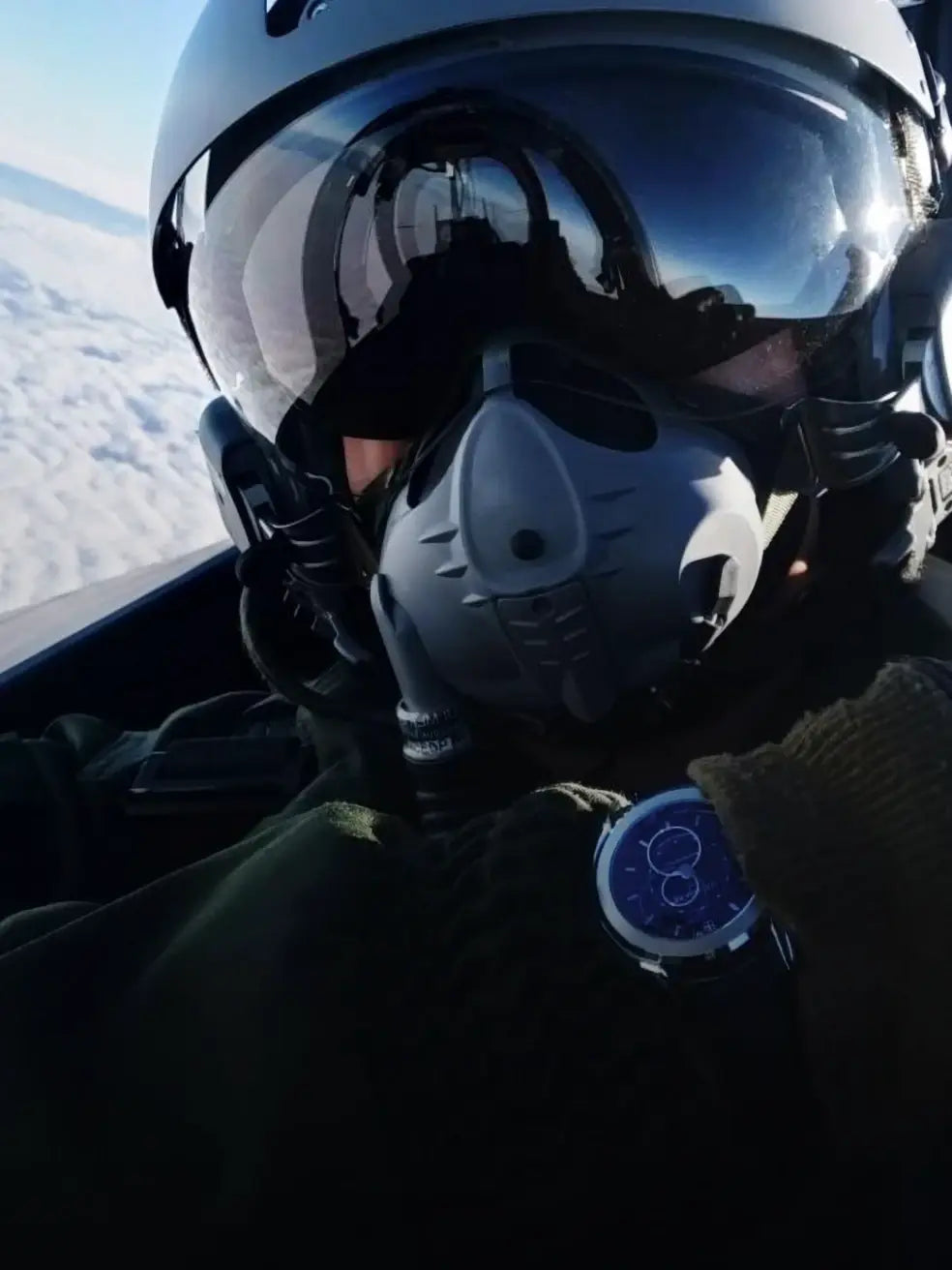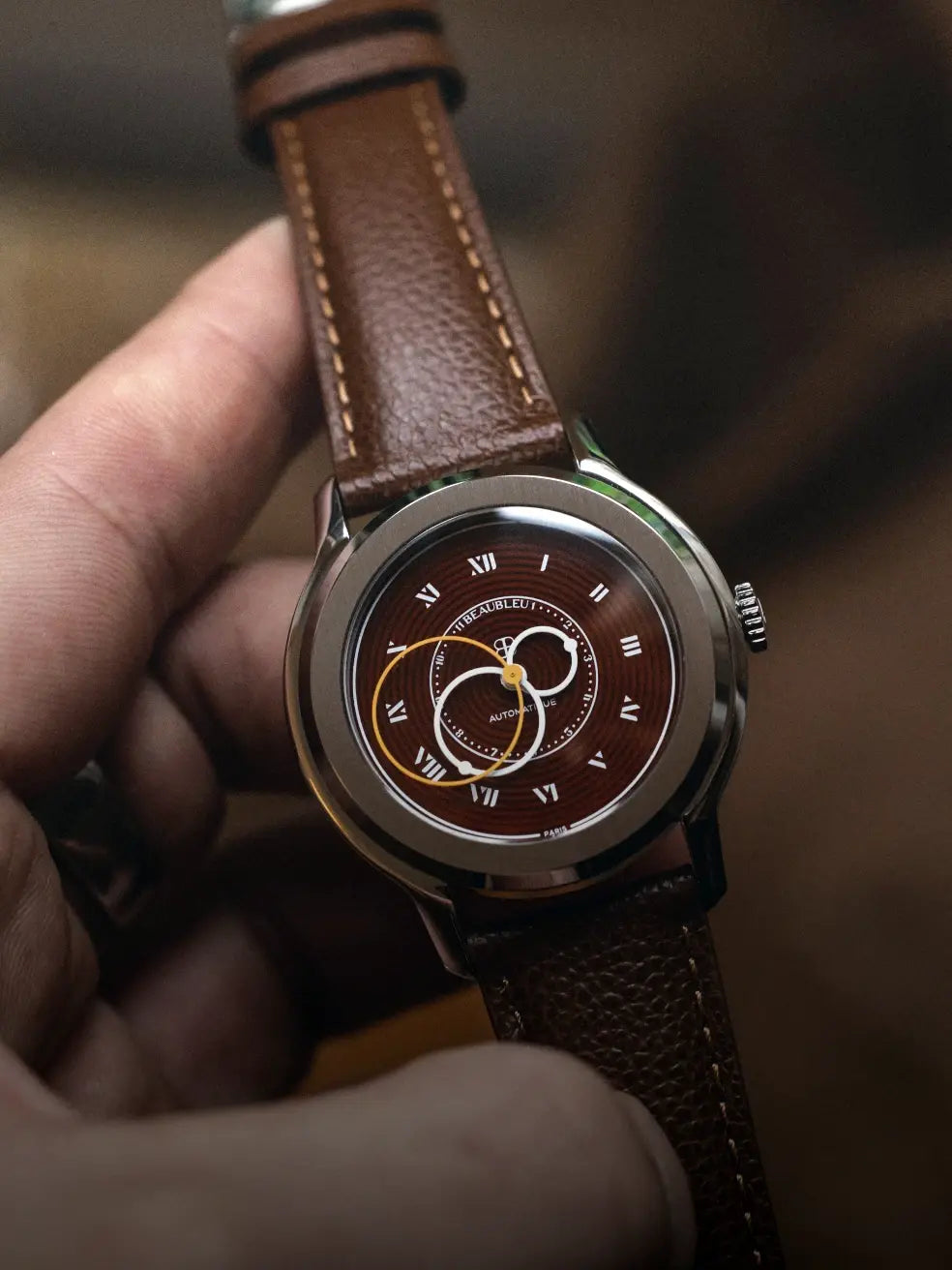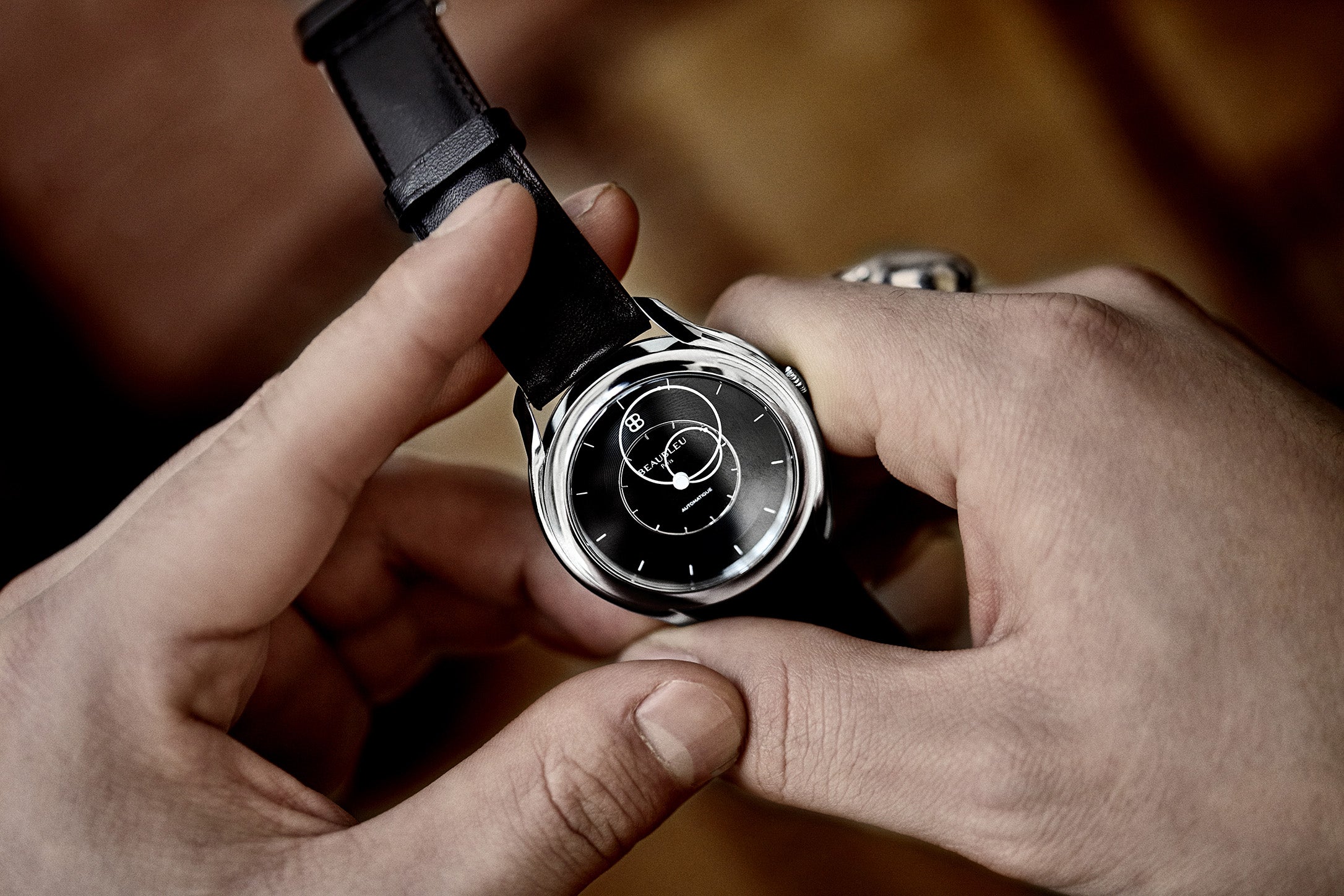
The history of time: the watch in times of War
Throughout the history of time, timepieces have taken different forms. The clock is a remarkable invention that allows Man to know the time at any desired moment. It gives the possibility of establishing an event with great precision. For several centuries, pocket watches were the most widely used timepieces. So how did the wristwatch become so popular?
The history of time evolving with the War
Throughout the history of time, wristwatches have long been considered inferior to pocket watches by men. Principally designed for women at the time, subject to rust and too fragile: the wristwatch was not made for the daily life of gentlemen. In addition, the mechanism of the latter was far too small to have precise time. During the 19th century, soldiers needed to coordinate their attacks using their watches. However, it became difficult to maneuver his horse, handle his weapon and watch the time. To overcome these problems, a thick leather strap with a hollow surface that can hold these watches appeared. However, once the watches left the battlefield, they returned to their owners' pockets.
The wristwatch finally accepted into morals
During World War I, timing and clarity of information were the key to success. It was increasingly important that each soldier could have access to the time quickly. English watchmakers have had difficulty managing production by moving from pocket format to bracelet format. Their Swiss neighbors, mastering the smallest movements, found the transition to wristwatches easy, to the point of overshadowing the English industry. The wristwatch became essential in times of war and a popular men's accessory among European civilians. Surprised to see the English wearing such effeminate accessories, the Americans in turn quickly adopted this new wrist watch fashion. The rise of the latter will mark the capitulation of pocket watches. You are now a little better informed to shine in the evening!
